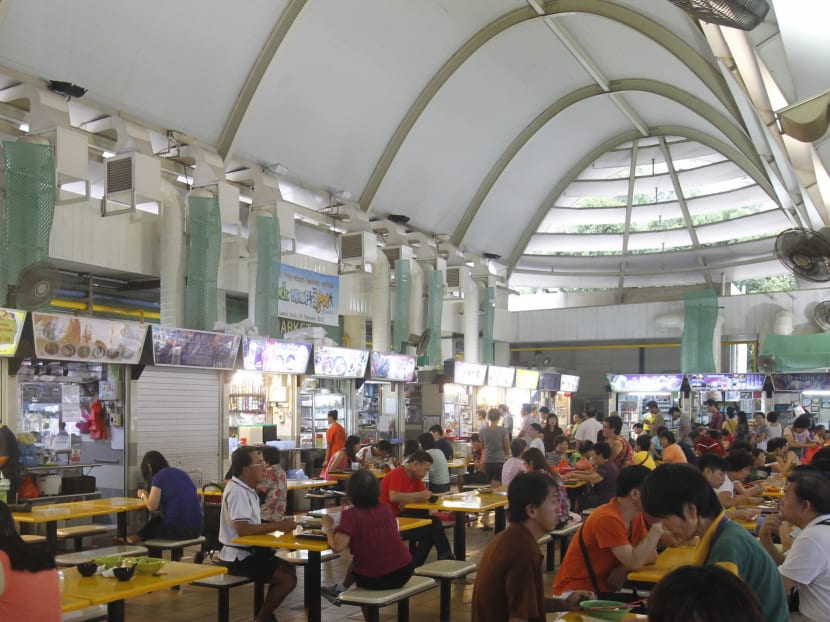In hawker centres, Govt’s main objective is affordable food: Grace Fu
SINGAPORE — The Government is studying different models for vibrant and viable hawker centres, but its main objective is affordable hawker food.
SINGAPORE — The Government is studying different models for vibrant and viable hawker centres, but its main objective is affordable hawker food.
And while hawkers determine the prices charged for food, the Government can shape the costs they face through sensible policies, said Second Minister for the Environment and Water Resources Grace Fu today (March 11).
A steady supply of several hundred hawker stalls over the next few years, as 10 new hawker centres are built, will keep a lid on rental pressures. Two in Bukit Panjang and Hougang will be completed next year, and another five hawker centres will begin construction this year, she said in Mandarin in Parliament.
Two years ago, the reserve rent in tender exercises for hawker centre stalls was removed. Since then, 417 stalls (57 per cent of all awarded stalls) were awarded at bids below what would have been the reserve rents, said Ms Fu. With the National Environment Agency also allowing stalls to be awarded to single bidders after consecutive tenders, 89 stalls have been awarded to single bidders since April 2012.
The use of hawker stalls as an investment has also been eliminated with sub-letting and assignment of stalls being disallowed.
The Government will consider new ideas and management models for hawker centres, to create “new generation” ones able to meet the evolving needs of the population, said Ms Fu. It will pilot a social enterprise, NTUC Foodfare, running the upcoming Bukit Panjang Hawker Centre and is also exploring other ideas.
Members of Parliament had in MEWR’s Committee of Supply debate noted the closure of Kampung@Simpang Bedok run by a social enterprise last year, and Ms Fu noted that it was a privately-owned and run food centre.
Cleaning and cleanliness was also a topic raised by Members of Parliament Yeo Guat Kwang and Sylvia Lim. Mr Yeo had asked if hawkers could be incentivised to have a centralised dishwashing system and Ms Lim had asked if the NEA could improve the situation in hawker centres within common areas of public housing estates, where town councils undertake general cleaning and hawkers undertake the cleaning of tabletops. Such hawker centres, owned by the Housing and Development Board, form nearly 80 per cent of the 107 hawker centres here. The remainder are owned by the MEWR.
Ms Fu said that town councils should consider taking over the table-cleaning contracts at the HDB-owned hawker centres to enjoy economies of scale from taking charge of cleanliness of all common areas in the town. The NEA cannot step in to take over cleaning operations of food establishments whenever the situation is unsatisfactory, she said.
Centralised cleaning will be done at the Bukit Panjang Hawker Centre, but it will be difficult to implement in some existing hawker centres due to space constraints.
On public cleanliness, Ms Fu said the use of video surveillance is expanding to better nab litterbugs. Surveillance cameras helped nab 95 high-rise litterbugs last year, up from the average of five cases nabbed between 2008 and 2011 before such cameras were used. Almost 9,400 tickets were issued for littering last year, up from 8,200 in 2012.
Nee Soon MP Lee Bee Wah asked if any third-time littering offender had been fined S$10,000, and Ms Fu said no one has yet been hit with the enhanced penalty, which was put in place last month.










